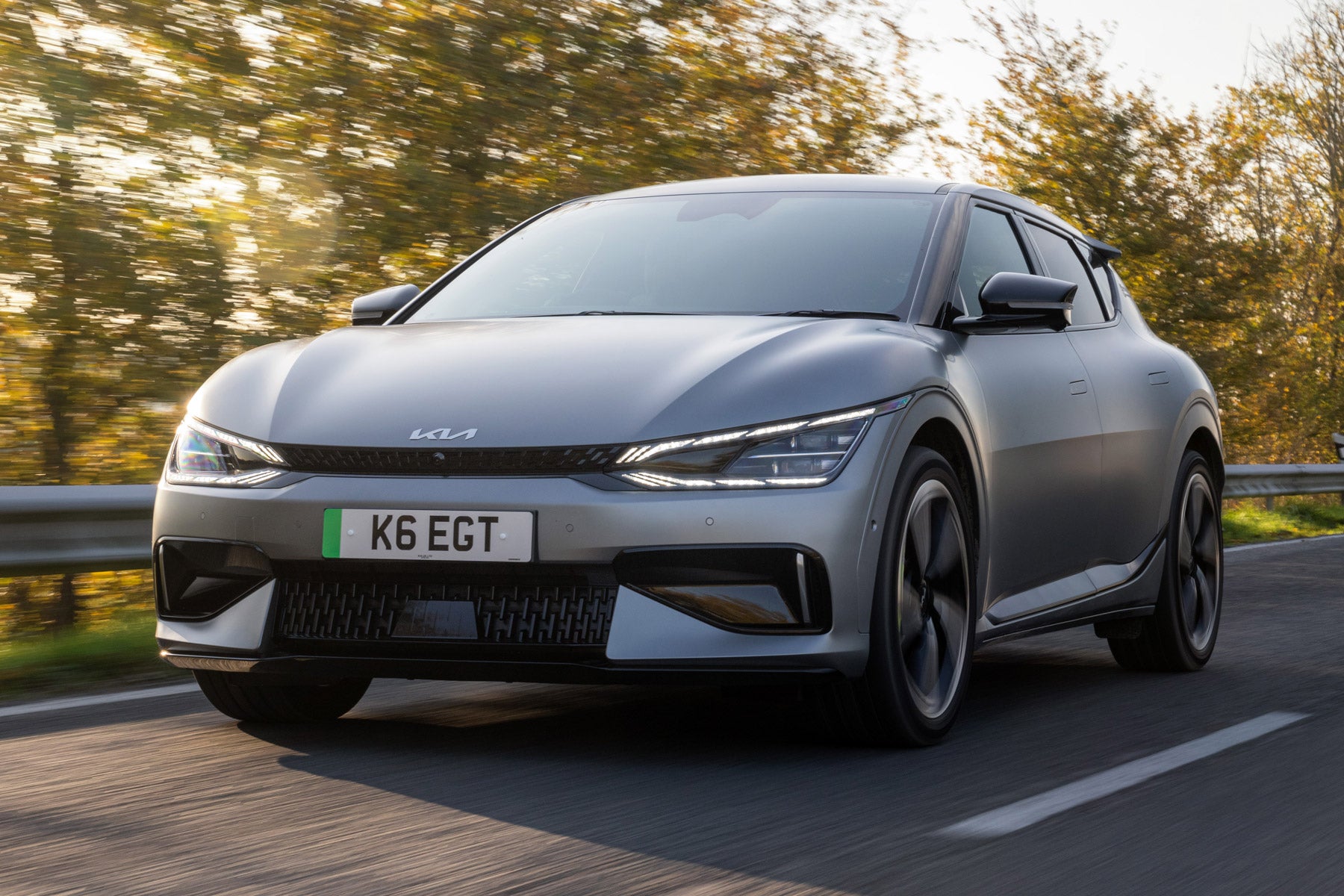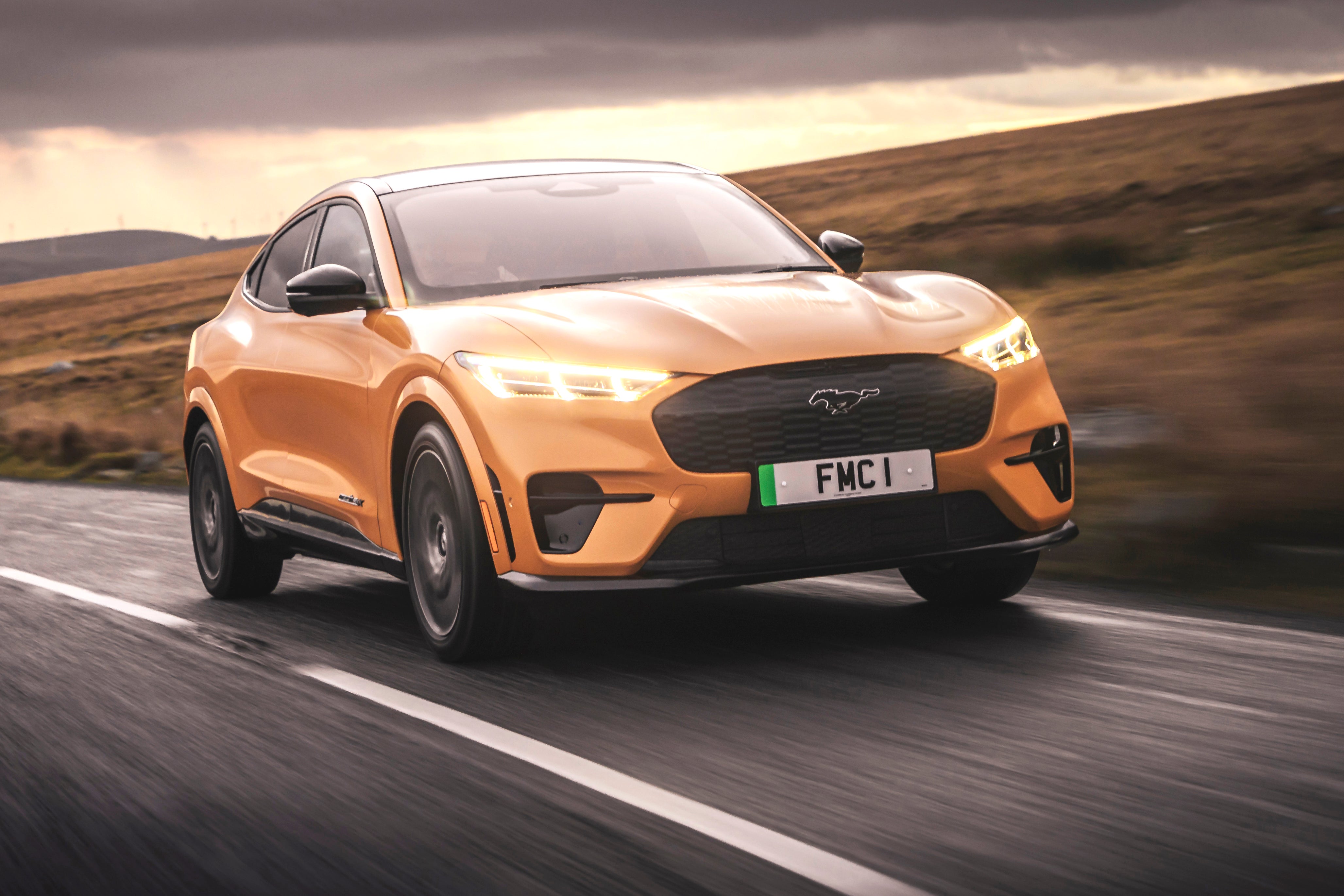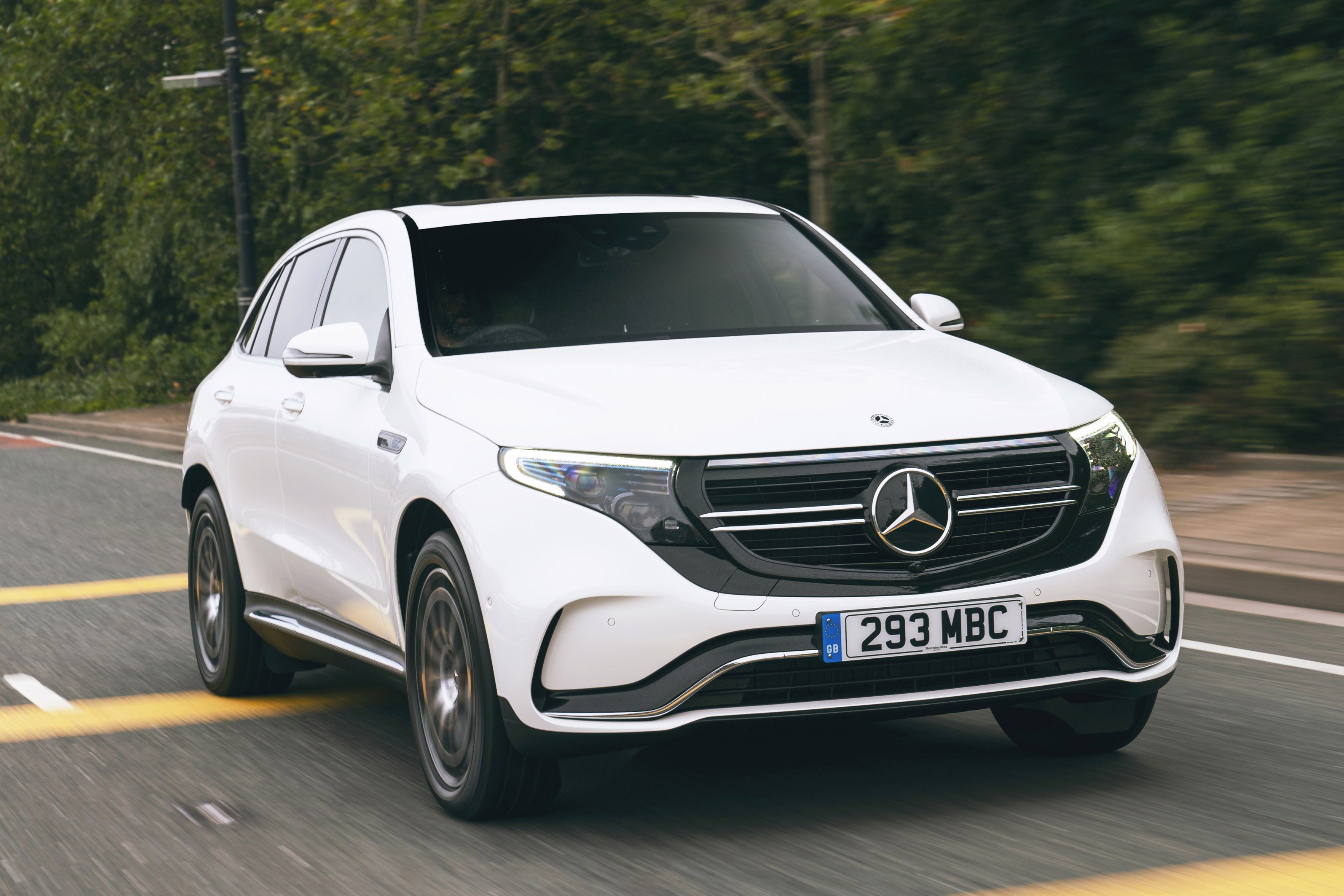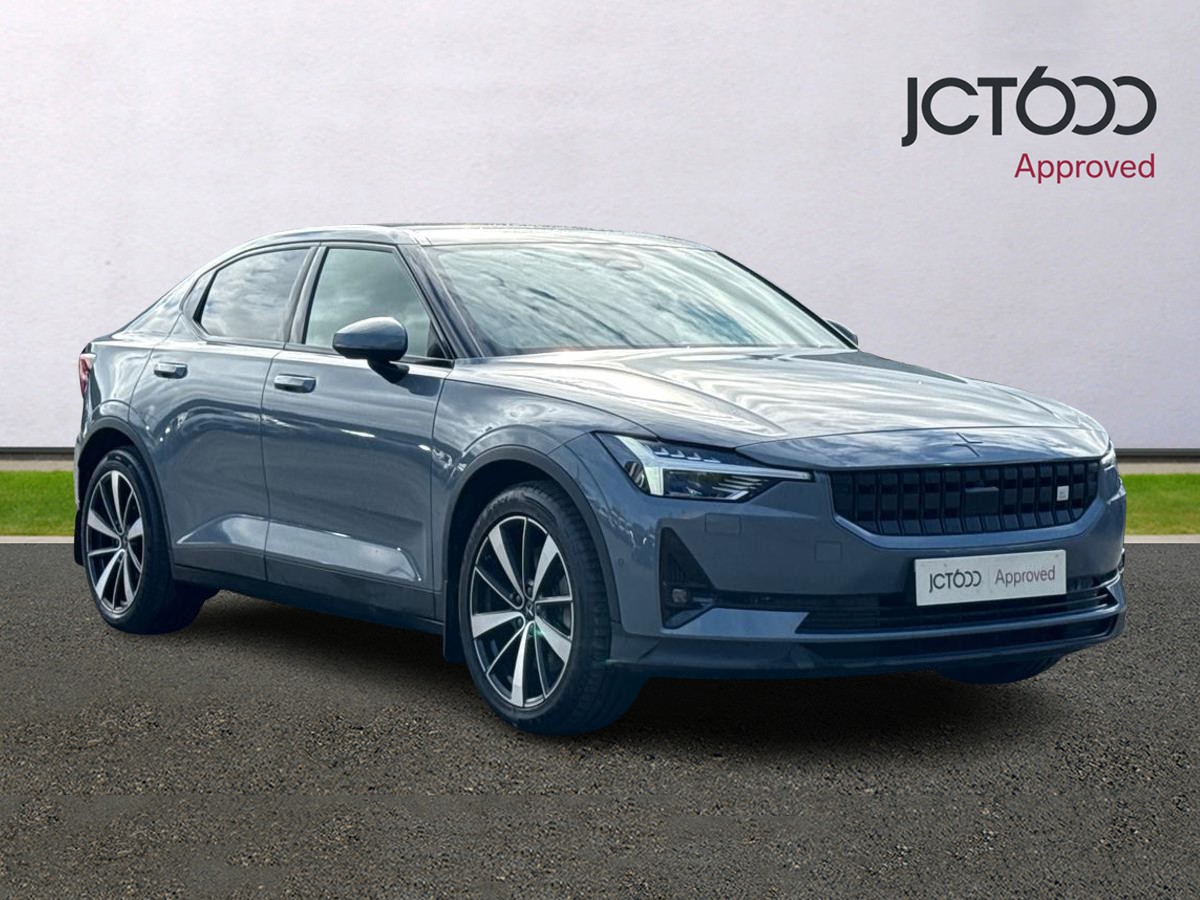
The new Polestar 4 has officially gone on sale in the UK for premium car buyers seeking an exciting new electric SUV coupe.
The new Polestar 4 is bigger than the existing Polestar 2, and smaller than the upcoming new Polestar 3 luxury electric SUV. Its arrival is a key landmark for the startup new electric car company.
The new Polestar 4 is the firm’s fastest production car to date, and the “innovative interpretation” of an SUV coupe is set to offer both “great interior space and a stunning appearance,” said the firm’s CEO Thomas Ingenlath.
The new Polestar 4 will go head-to-head with the new electric Porsche Macan, plus existing sporty SUV coupes such as the acclaimed Kia EV6 GT and Ford Mustang Mach-e GT.
The upcoming new Audi Q6 e-tron is also set to provide stern competition to the new Polestar 4.


New 2024 Polestar 4: price and release date
The new Polestar 4 electric car is available in two versions. New Polestar 4 Long Range Single Motor prices start from £59,990.
The faster new Polestar 4 Long Range Dual Motor has prices that start from £66,990.
The new Polestar 4 is open for ordering now and, following the start of production in the summer, deliveries are expected from August 2024.

New 2024 Polestar 4: exterior and interior
The new Polestar 4 brings ideas first seen in the Polestar Precent concept car to life. At the front, it has a modern look with curvaceous wings, into which are set cleverly-separated dual-blade LED headlights. These feature the unique Polestar light signature.
From the side, the new Polestar 4 has a low-slung appearance for what is a 4840mm long, 1544mm wide premium SUV coupe. The striking low nose, flush side glass and smooth airflow optimisation give it a wind-cheating profile that will help boost electric range. Meanwhile, alloy wheels ranging from 20-inches to 22-inches give it a sporty appearance.
The most controversial exterior feature comes at the back of the new Polestar 4 – where the traditional glass rear window has been eliminated. Instead, the full-length glass roof stretches beyond the rear seat passenger’s heads, where it meets the flush-fit hatchback bootlid.
The new Polestar 4’s driver sees from behind via a screen that shows a real-time feed from a roof-mounted rear camera. The designers say removing the rear window has “created a truly unique interior ambience”.
Those in the rear of the new Polestar 4 also have reclining rear seats, plus their own media and climate control screen mounted between the front seats. Meanwhile, the new Polestar 4 has a practical 526-litre boot that extends to 1530 litres with the rear seats folded. There is also a 15-litre front boot, or ‘frunk’.
Up front, the new Polestar 4 uses the latest Android Automotive OS infotainment system, running a super-advanced Snapdragon Cockpit Platform. The system is fast, customisable and will boast endless over-the-air updates.
The new Polestar 4 has a 15.4-inch landscape-oriented touchscreen, and comes with Google built-in – including Google Assistant, Google Maps and Google Play. Wireless Apple CarPlay is standard.
The new Polestar 4’s driver also has a 10.2-inch display, pls a 14.7-inch head-up display. An ingenious ‘snow mode’ sees the text colour change from white to yellow in snowy environments, to improve visibility.
The new Polestar 4 has a standard Harman Kardon premium audio system, with 12 speakers and a 1400-Watt amplifier. Choose the optional Nappa Pack, and dual headrest speakers in the front seats are added.

New 2024 Polestar 4: electric motor and battery
The new Polestar 4 is available in single- and dual-motor versions. Both electric SUVs have a 100kWh battery with up to 200kW DC rapid charging ability. An energy-saving heat pump is also standard.
The new Polestar 4 Long Range Single Motor drives the rear wheels and produces 272PS. 0-62mph performance takes 7.1 seconds and it has an impressive range of up to 379 miles.
The potent new Polestar 4 Long Range Dual Motor has two motors for all-wheel drive grip. They produce a total of 536PS, for rapid 0-62mph performance in just 3.8 seconds. Even this new Polestar 4 version has a range of up to 360 miles.
The new Polestar 4 is based on the latest Sustainable Experience Architecture (SEA) from parent company Geely. High-performance Dual Motor versions will have semi-active suspension, giving an additional layer of adjustment between comfort and performance dynamics.
The new Polestar 4 will be very safe, too – helped by the brand’s strong connection to sister company Volvo. As standard, it has a total of 12 cameras, 12 ultrasonic sensors and a radar, as part of the SuperVision Advanced Driver Assistance System from tech giant Mobileye.

Find a used Polestar 2 for sale
The new Polestar 4 is a premium electric SUV. If you want something more affordable, a used Polestar 2 crossover is a great choice. It's smaller, but still executive in feel, and is a formidable rival to a used Tesla Model 3. You can get 2021 cars with the 64kWh Standard Range battery for well under £25,000, which is tempting for such a distinctive and sporty machine. If you prefer the extra range of the 78kWh Long Range battery, these start from upwards of £30,000. It's also worth looking out for models with the Performance Pack – these are a thrilling drive indeed.
Looking for more new car news?
The new Polestar 4 follows hot on the heels of the new Porsche Macan, which is a sporty all-electric new premium SUV. Meanwhile, the new Volkswagen Passat is now here for those seeking something a bit more traditional. We have recently revealed everything you need to know about the new 2024 Renault 5 and 2025 Renault 4. We’ve also covered the exciting new Kia EV5, and the new electric Volvo EX90 luxury SUV – and for those not ready to go electric, we’ve revealed all the fast facts about the new BMW M2 coupe.
Every new Polestar has a higher number than the previous one. The numbers therefore don’t refer to the car’s position in the model hierarchy. Size-wise, the new Polestar 4 is positioned between the already-available Polestar 2 and new Polestar 3, both in terms of size and prize.
The new Polestar 4 doesn’t have a rear window. To see out the back, the driver has a rear-view ‘mirror’ that is instead a live display from a camera positioned in the rear spoiler.
The new Polestar 4 is an electric SUV-coupe, designed to compete with the new electric Porsche Macan, Ford Mustang Mach-e GT and Kia EV6 GT.
Exclusive look at the new Polestar 4
Car deals
Whether you're looking for a great PCP deal or looking for a car on 0% finance, we've got the car deal for you
More electric and hybrid car guides
Whether you're looking for advice on what hybrid car to buy or looking to find your next EV, we've got the answer
Find your perfect used car
Whether you're looking for an automatic car, an SUV or even a campervan, we've got the used car for you




